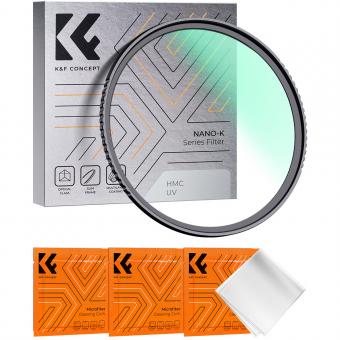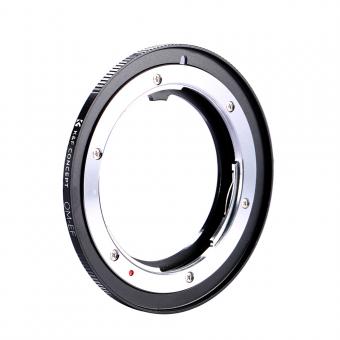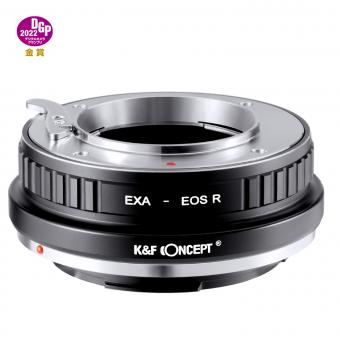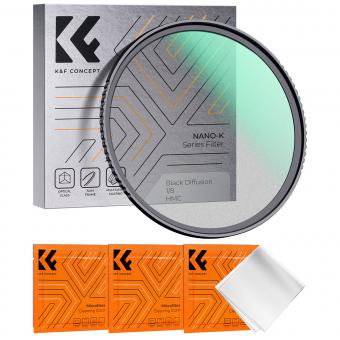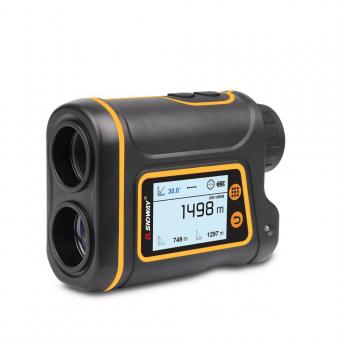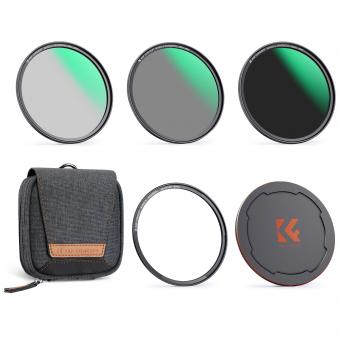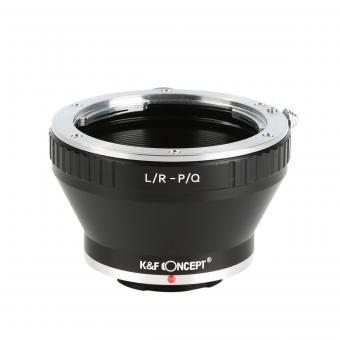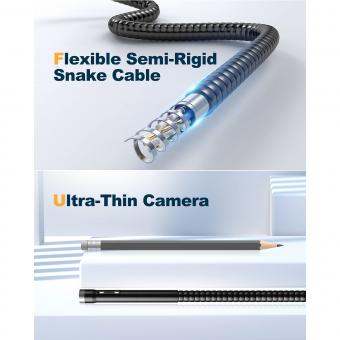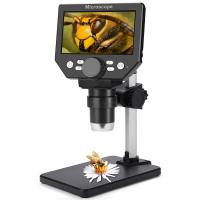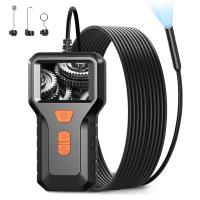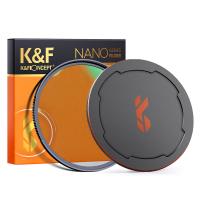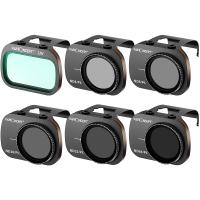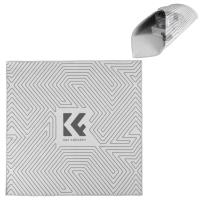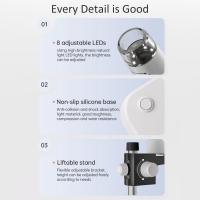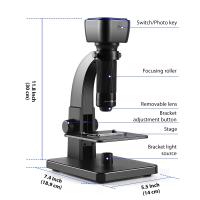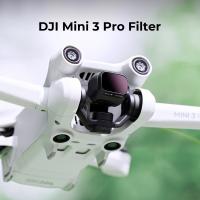What Is Endoscopic Injection ?
Endoscopic injection is a medical procedure that involves the use of an endoscope to inject medication or other substances directly into a specific area of the body. This technique is commonly used to treat a variety of conditions, including gastrointestinal disorders, urinary tract problems, and respiratory issues. During the procedure, the endoscope is inserted into the body through a small incision or natural opening, such as the mouth or anus. Once the endoscope is in place, a needle is used to inject the medication or substance into the targeted area. Endoscopic injection is a minimally invasive procedure that can be performed on an outpatient basis, and it typically has a low risk of complications.
1、 Endoscopic injection therapy for gastrointestinal bleeding
Endoscopic injection therapy is a minimally invasive procedure used to treat gastrointestinal bleeding. It involves the use of an endoscope, a flexible tube with a camera and light at the end, to inject medication directly into the bleeding site. The medication used in the injection can be a vasoconstrictor, which narrows the blood vessels and reduces bleeding, or a sclerosant, which causes the blood vessels to close up and stop bleeding.
Endoscopic injection therapy is a safe and effective treatment for gastrointestinal bleeding, with a success rate of up to 90%. It is also less invasive than traditional surgical methods, which can require a longer recovery time and have a higher risk of complications.
Recent studies have shown that endoscopic injection therapy can also be used to prevent rebleeding in patients with peptic ulcer bleeding. In these cases, the injection is used to create a barrier around the ulcer, preventing further bleeding.
Overall, endoscopic injection therapy is a valuable tool in the management of gastrointestinal bleeding. It is a minimally invasive procedure with a high success rate and can be used not only to treat bleeding but also to prevent rebleeding in certain cases.
2、 Endoscopic injection of botulinum toxin for achalasia
Endoscopic injection of botulinum toxin for achalasia is a minimally invasive procedure used to treat achalasia, a condition in which the lower esophageal sphincter (LES) fails to relax properly, leading to difficulty in swallowing. During the procedure, a small amount of botulinum toxin is injected into the LES, causing it to relax and allowing food and liquid to pass through more easily.
The use of botulinum toxin for achalasia has been shown to be effective in relieving symptoms in the short term, with studies reporting improvement in up to 90% of patients. However, the effects of the injection are temporary, typically lasting for 3-6 months, after which the procedure may need to be repeated.
While endoscopic injection of botulinum toxin is generally considered safe, there are some potential risks and complications associated with the procedure, including perforation of the esophagus, bleeding, and infection. As such, it is important that the procedure is performed by a trained and experienced gastroenterologist.
In recent years, there has been growing interest in alternative treatments for achalasia, including surgical interventions such as laparoscopic Heller myotomy and peroral endoscopic myotomy (POEM). These procedures have been shown to provide longer-lasting relief of symptoms compared to botulinum toxin injection, but they are also more invasive and carry a higher risk of complications.
Overall, endoscopic injection of botulinum toxin remains a viable treatment option for patients with achalasia, particularly those who are not good candidates for surgery or who prefer a less invasive approach. However, it is important that patients discuss the risks and benefits of the procedure with their healthcare provider to determine the best course of treatment for their individual needs.
3、 Endoscopic injection of fillers for facial rejuvenation
Endoscopic injection of fillers for facial rejuvenation is a minimally invasive cosmetic procedure that involves the use of an endoscope to inject fillers into the face. The endoscope is a small, flexible tube with a camera and light at the end that allows the surgeon to see inside the skin and guide the injection of fillers to the desired areas.
The fillers used in endoscopic injection are typically made of hyaluronic acid, a natural substance found in the body that helps to hydrate and plump the skin. The procedure is commonly used to treat wrinkles, fine lines, and other signs of aging in the face, such as sagging skin and loss of volume.
One of the latest points of view on endoscopic injection of fillers is that it is a safe and effective alternative to traditional facelift surgery. It is less invasive, requires less downtime, and produces natural-looking results. Additionally, the use of an endoscope allows for greater precision and control during the injection process, reducing the risk of complications and ensuring optimal results.
Overall, endoscopic injection of fillers for facial rejuvenation is a popular and effective cosmetic procedure that can help to restore a youthful, refreshed appearance to the face. With the latest advancements in technology and techniques, it is becoming an increasingly popular choice for patients seeking a non-surgical alternative to traditional facelift surgery.
4、 Endoscopic injection of steroids for inflammatory bowel disease
Endoscopic injection of steroids for inflammatory bowel disease is a minimally invasive procedure that involves the injection of steroids directly into the affected area of the bowel using an endoscope. The endoscope is a flexible tube with a camera and light at the end that allows the doctor to see inside the bowel and guide the injection to the precise location of inflammation.
The steroids used in the injection are typically a type of corticosteroid, which are potent anti-inflammatory drugs that can help reduce inflammation and swelling in the bowel. This can provide relief from symptoms such as abdominal pain, diarrhea, and rectal bleeding.
Endoscopic injection of steroids is often used as a treatment option for patients with inflammatory bowel disease (IBD), including Crohn's disease and ulcerative colitis. It is particularly useful for patients who have inflammation in a specific area of the bowel that is not responding to other treatments, such as oral steroids or immunosuppressive drugs.
Recent studies have shown that endoscopic injection of steroids can be an effective and safe treatment option for patients with IBD. In addition, the procedure is associated with fewer side effects compared to systemic steroid therapy, which can have significant side effects such as weight gain, mood changes, and increased risk of infection.
Overall, endoscopic injection of steroids is a promising treatment option for patients with IBD, particularly those with localized inflammation that is not responding to other treatments. However, it is important to discuss the risks and benefits of the procedure with a healthcare provider to determine if it is the right treatment option for each individual patient.

